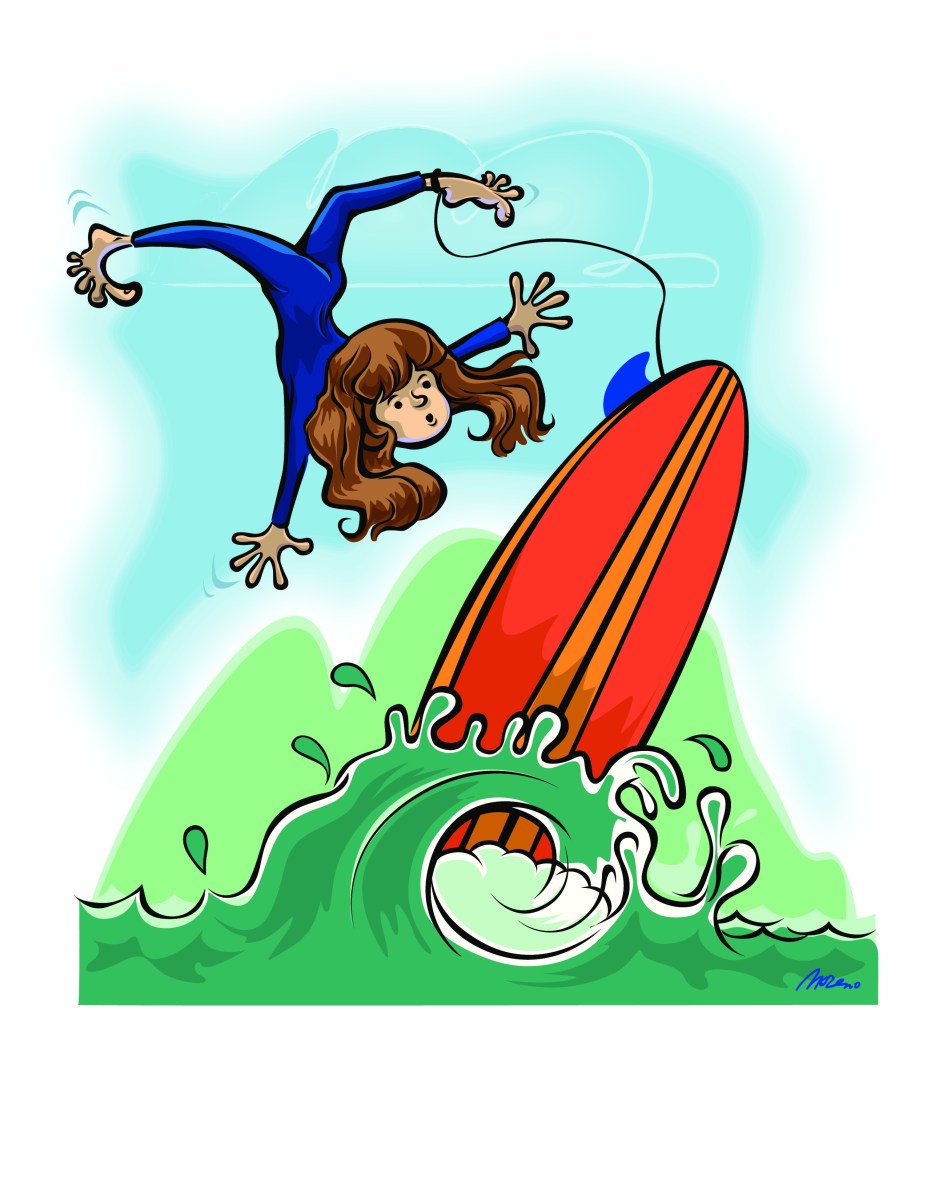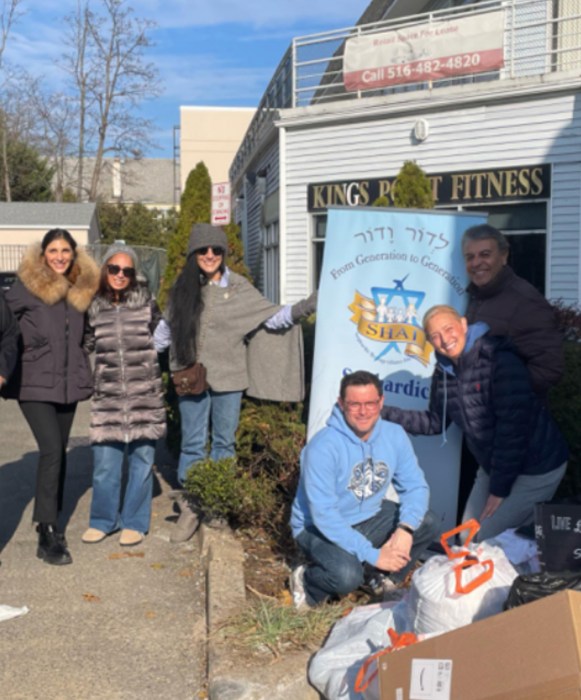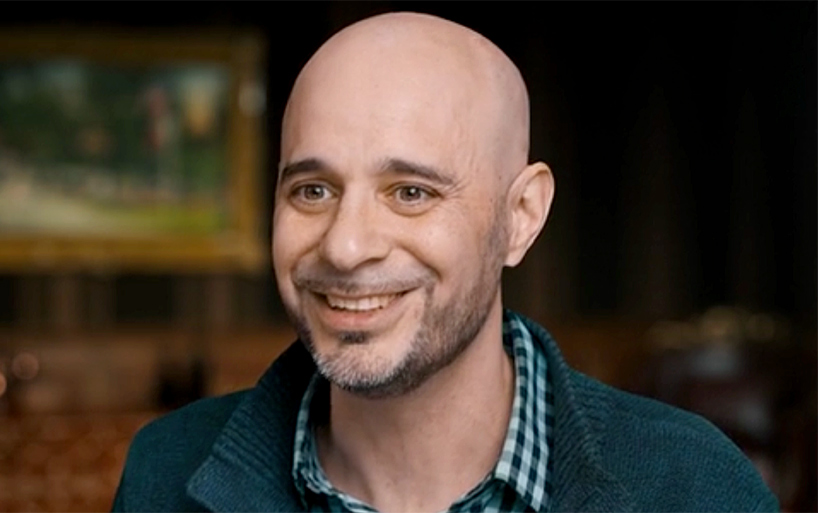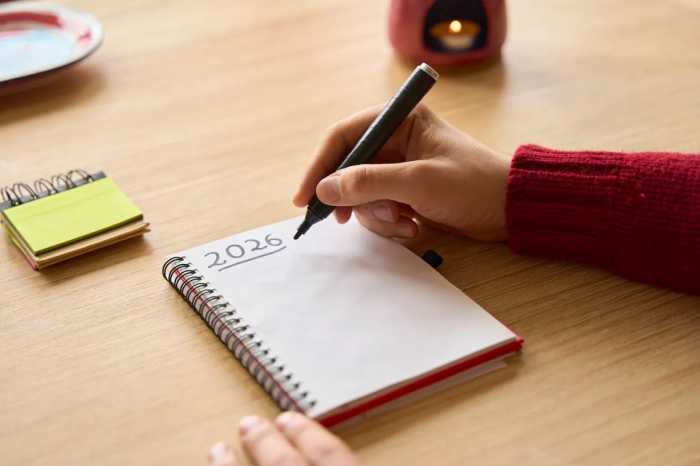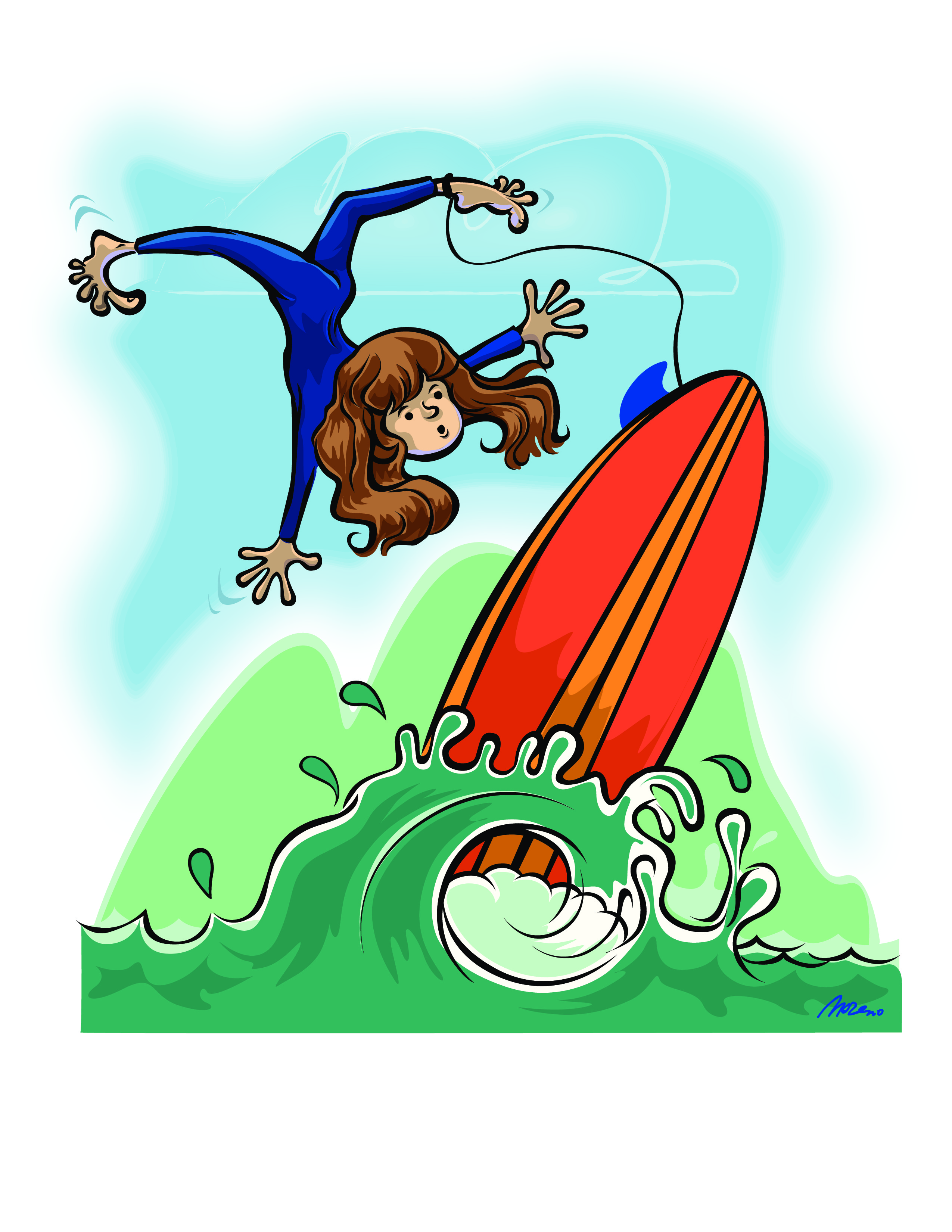 I’ve never been an athlete, unless you consider walking a sport. In high school, music was my extracurricular.
I’ve never been an athlete, unless you consider walking a sport. In high school, music was my extracurricular.
Baseball was too long. Unless it’s Game 7 of the World Series, I have the attention span of a gnat by the time the seventh inning stretch rolls around.
Whenever I watch a football game, I spend more time contemplating the properties of spandex—Why doesn’t it rip? How do all those pads fit under there? Just…why?—than watching the actual game.
After college I applied to a writing program for a local sports organization. I went through a series of interviews and it was down to me and one other applicant in the final round. I nailed every question. I was confident. Then came the final question, the so-called easy one:
“So, what sports do you follow?”
“I love figure skating,” I blurted out before I could stop myself.
Needless to say, I didn’t get the job. Like I said, sports aren’t my thing. But surfing is different. It’s almost poetic—like figure skating—but requires the kind of strength and skill and excitement that still qualifies it as somewhat “badass.”
I decided that, after decades of inertia—aside from a brief period in elementary school where I excelled at dodgeball (the kind with yarn balls), Steal the Bacon and Capture the Flag—I would become a badass, yet graceful, surfer chick.
I arranged for a surfing lesson in Long Beach with a group of instructors, then spent weeks forgoing any kind of heels, wearing only flip flops in preparation for it and to get my feet ready (it made sense at the time). I walked during my lunch breaks. I bought an Indo Board—a flat mini wooden board that rests on top of a rubber cylinder that rolls back and forth while you try to keep the board from touching the ground while you stand on top. It’s supposed to help with balance. I became a rock star on this thing and decided I was going to be a master surfer on my first day. I couldn’t wait.
The lesson was in the early evening of a perfect, warm spring day. I got to Long Beach and met with a group of about five others who had come from all over the area, from the East End to Manhattan, to learn how to surf.
I zipped my wetsuit on.
“Grab a board!” one of the instructors yelled over to me. There are two kinds of surfboards—short boards and long boards. When learning to surf, it’s better to start out with the lengthy and heavier long board. It’s easier to control in the water. Out of the water is another story. I’m a little over 5 feet tall and the board was about 8 or 9 feet long. The instructor told me to carry the board either on top of my head or under my arm like some kind of enormous library book. Neither of those options worked for me.
When he turned around, I dragged it through the sand as fast as possible to the water’s edge where the other students were waiting.
“Wait till they see me in the water,” I thought.
But first, I had to figure out whether I was “regular” or “goofy” footed. If you naturally put your left food forward on the board, you’re regular. If you put your right foot forward (using your back left foot to control the board), you are considered “goofy,” essentially a lefty. A good way to figure this out is to have someone push you from behind and whatever foot you put out first to get your balance is the same one you should put forward on the board (I read that in a book during my flip-flop-wearing, balance-board-surfing-preparation period). But no one pushed us and I was comfortable both ways. I finally decided I was goofy footed.
Next came learning the “pop up.”
The instructors had us lie flat on our stomachs the length of the board with our palms on the ground. When they yelled “pop up!” we had to go from that position into our regular or goofy upright positions in one movement. If it took longer than that in the water, it would be nearly impossible to stand up on the board in time to catch a wave. After 20 minutes of practicing on dry land, it was time to test it out.
I dragged my board to the water, lay flat down on top of it and paddled out to deeper areas beyond the breaks.
Each of us had our own personal instructor when out in the water who would turn us around on our boards, keep a look out for pending waves creeping up behind and tell us exactly when to pop up.
“Pop up!” he yelled. I quickly jumped up but couldn’t get the proper footing, launched into the air and somehow ended up face down with salt water crashing into my face, not knowing which way was up until my ankle strap yanked me to the surface as my board leveled out. (Not the first impression I was planning on.) I paddled back out to try again…and again…and again.
That’s where a good deal of the strength part comes into surfing. After paddling back and forth, my arms were killing me. Even worse, my feet were starting to cramp up. I later learned that wearing archless flip flops was not the way to prepare for surfing. They cause cramps. My feet were getting numb from the pain and the cramping was starting to hit my leg. I told the instructor as water lapped against my chin, and he tried to stretch my foot to relax it. Before I knew it, he was yelling, “Pop up!” again. With numb toes and searing pain in my arms and legs, I stood up for about one, maybe two seconds, before nose diving.
That night I collapsed into bed. The next morning at work I was feeling much better. I was on the phone when I felt a pop above my eyes and a stream of salt water rushed out of my nose.
I decided I would schedule a second lesson…next summer.




